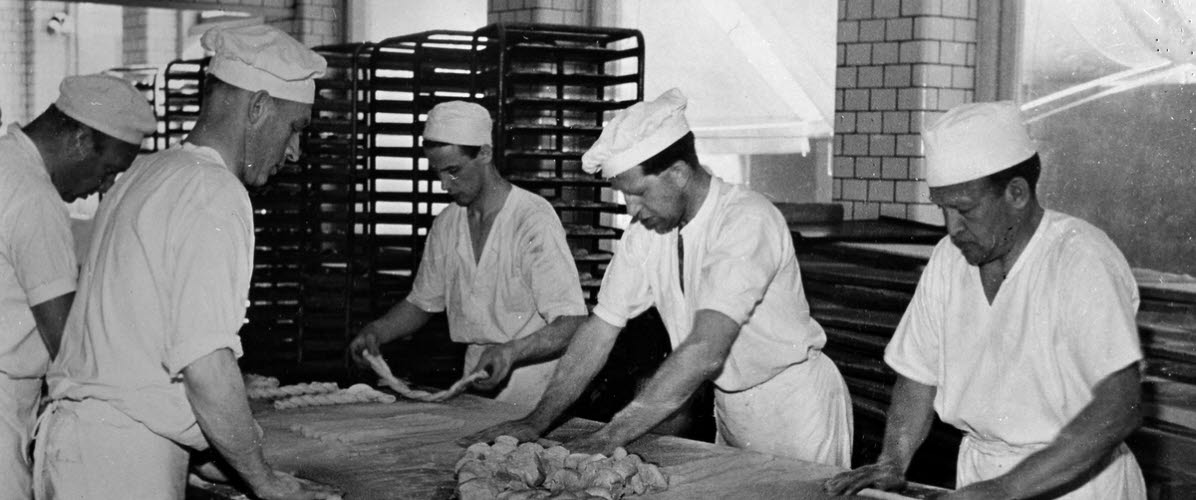The history of the Capital of Fika
Gathering friends and family over a fika is a given for most Swedes. Internationally, Swedish Fika is a well-known concept, but what exactly characterizes the Swedish fika tradition?
There must be something unique about it, because did you know that the average Swede spends two years of their life with a cup of coffee in one hand and a cinnamon bun in the other?
Nearly 300 Years as a Café City
Our history begins in the 18th century. Despite its modest size, Alingsås distinguished itself during this time as one of Sweden's leading industrial cities. At the forefront of this development was one of the city's pioneers, Jonas Alströmer, who founded the Alingsås Manufactory. Alströmer is known to most as the man who spread the potato in Sweden. The industrial boom in the area led to more women starting to work. As a result, women didn't have time to bake at home, and bakery businesses began to flourish.
In 1733, the Swedish king issued one of the country's first bakery licenses, which went to Anders Sundgren in Alingsås. Historically, Alingsås residents lived in very cramped conditions. If there was room in their hearts, families often housed working relatives and friends, which made breakfast tables crowded. This led to the establishment of cafés and the coining of the term "arbetarfik" (workers' café), fostering the café culture.
Like the British Pubs
While other cultures take their coffee or espresso on the go, the Swedish fika is almost a social institution. Fika is a way to socialize and relax, while also giving a chance to recharge with some much-needed energy. It is said that cafés and patisseries are the Swedish equivalent of British pubs. They are our second living rooms and a place where we socialize with friends and acquaintances.
Fika is such an important part of the Swedish lifestyle that it is both a noun and a verb. The word has been used since the early 1900s and is said to be a playful slang term derived from the then-current word for coffee – "kaffi."
The Capital of Fika
It's no wonder that Alingsås is a city with many slogans: Café City Alingsås, Sweden's Fika Capital, or simply The Capital of Fika. In this relatively small city, there are about twenty cafés, three of which are listed in the White Guide's ranking of Sweden's best cafés.
Guided Fika tours
During the season, you can join a guided fika tour and learn more about Alingsås and the fika history of all of Sweden. The guide will take you on a tour through the city center, stopping at some of the city's best and oldest cafés, with tastings of course, and finishing in grand style with princess cake in a historic setting.



